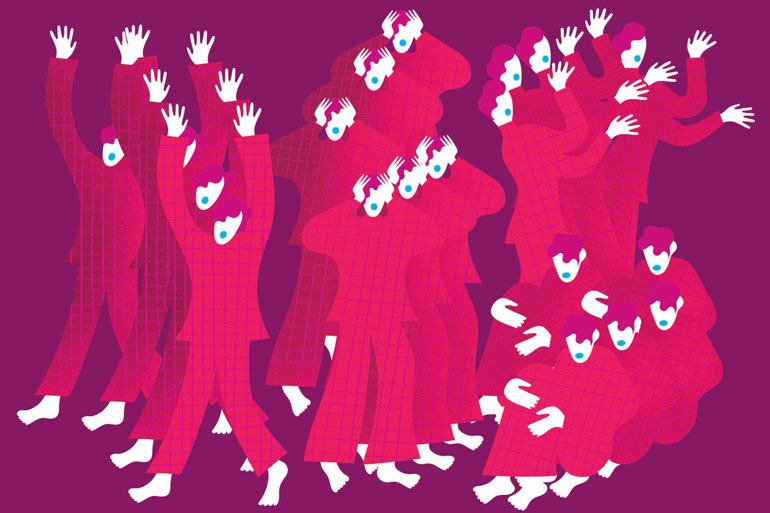
Helping her father die at home “was the most meaningful experience in my nursing career,” said Rose Crumb. She went on to found Volunteer Hospice of Clallam County in Port Angeles, Wash. Dan DeLong for Kaiser Health News
The free services and four decades of expertise at the Volunteer Hospice of Clallam County are hard to beat.
Jonel Aleccia for NPR shares the story of a unique and rare type of hospice care that can be found in Port Angeles, WA. Rose Crumb, a 91 year-old retired nurse, founded the Volunteer Hospice of Clallam County in 1978. Her commitment to the volunteer and donation-based structure for nearly 40 years has made the organization stand out in a sea of profit-driven, hospice corporations speckling the United States.
Crumb first found interest in easing the experience of dying people after reading “On Death and Dying” by Dr. Elisabeth Kübler-Ross when it was first published. Later, her father was diagnosed with lymphoma and Crumb found honor in helping him die at home. From then on, Crumb estimates that she has witnessed or helped ease the deaths of hundreds of people.
It is significant to point out the Volunteer Hospice of Clallam County accepts no federal funding or private insurance. They thrive on the work of 160 volunteers and just 10 paid staff. The organization has had its’ difficulties, especially in the early years, when volunteer hospices were not yet legally exempt from federal regulations. The legal fight to remain open with a small budget, volunteer staff, and flexibility of care was supported by the community and Rose Crumb’s son, a corporate lawyer. Recently, a corporate hospice moved in to the community and the competition has not deterred either organization. The free services and four decades of expertise at the Volunteer Hospice of Clallam County are hard to beat.
Port Angeles is a small, remote community in Washington State. The survival of this healthcare institution is inspiring. The citizens of Clallam County say they can keep better watch on the organization than federal regulations and that it wouldn’t be in operation today if there was neglect or abuse.
Today, Rose Crumb is in her 90’s and experiences some of the health problems with which she helped so many people cope. She says she is ready for hospice and has all her paperwork to ensure her death is how she wants it.

